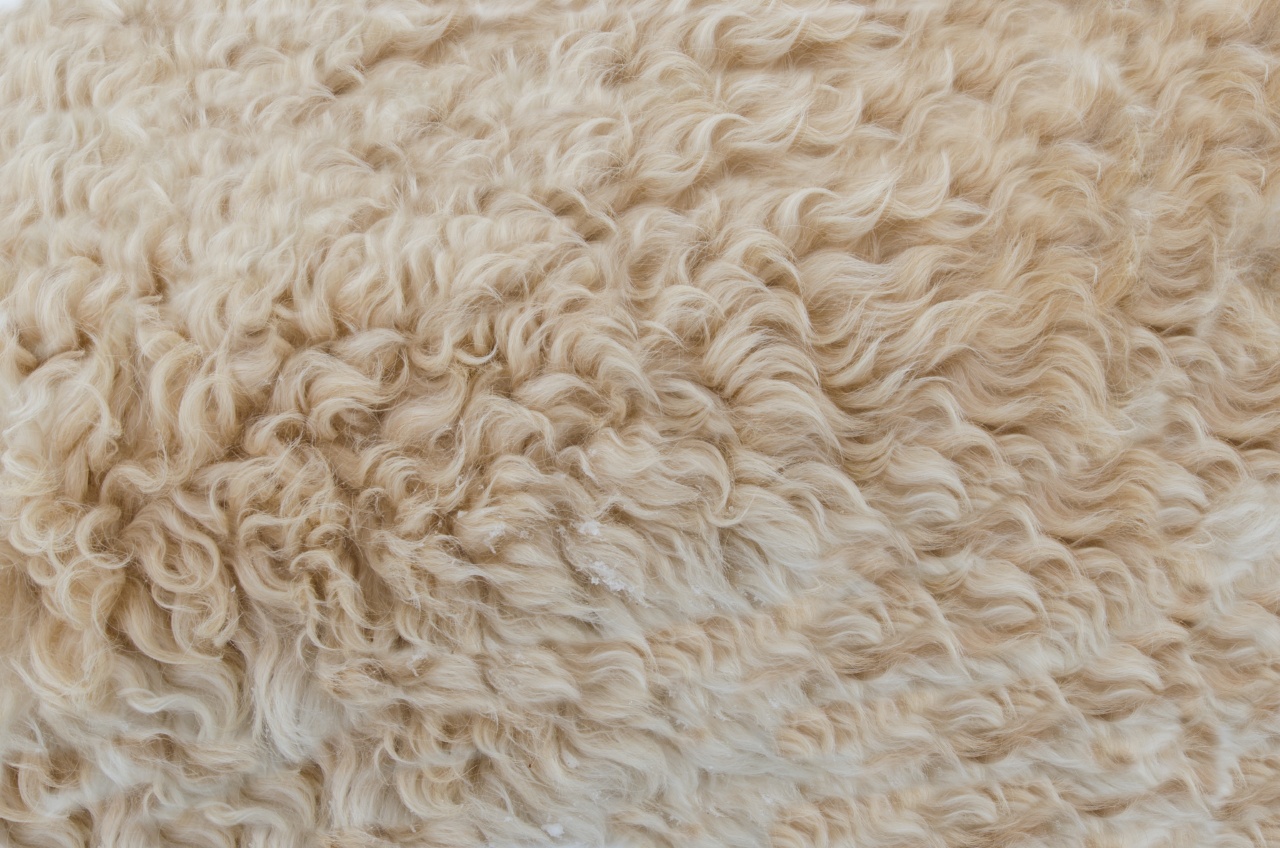Dry soles can be bothersome, causing discomfort and even pain. Many people experience dryness on the soles of their feet, assuming it’s just a result of lack of moisture.
While dry skin is a common cause, it’s important to understand that it can also be a symptom of an underlying issue. In this article, we will explore the various causes of dry soles and the potential symptoms that may accompany them.
1. Lack of Moisture
The most obvious and common cause of dry soles is simply a lack of moisture. The skin on the soles of our feet is naturally thicker and tends to be drier compared to other areas of our body.
This can be exacerbated by external factors such as low humidity, hot showers, or using harsh soaps that strip away natural oils.
2. Environmental Factors
Aside from lack of moisture, other environmental factors can contribute to dry soles. Walking barefoot on rough or abrasive surfaces can lead to excessive friction, causing the skin to become dry and calloused.
Additionally, exposure to cold weather or extreme heat can cause the skin to lose its moisture content, resulting in dryness.
3. Fungal Infections
Fungal infections like athlete’s foot can also cause dryness on the soles of the feet. Along with dry skin, symptoms may include itching, redness, and the appearance of small blisters.
Fungal infections thrive in warm and moist environments, making the feet an ideal breeding ground. If left untreated, these infections can spread and cause further complications.
4. Psoriasis
Psoriasis is a chronic autoimmune condition that affects the skin. It can cause dry, itchy, and scaly patches to appear on various parts of the body, including the soles of the feet.
In addition to dryness, psoriasis may present with thickened and red skin, as well as the formation of silvery scales. It is important to seek medical attention if you suspect psoriasis, as it requires proper diagnosis and management.
5. Eczema
Eczema, also known as atopic dermatitis, is a common inflammatory skin condition. It can cause dry, itchy, and red areas on the skin, including the soles of the feet.
Eczema flare-ups can be triggered by allergens, stress, or irritants, and it often requires a multi-faceted approach for effective management.
6. Allergic Reactions
Some individuals may develop an allergic reaction to certain substances that come into contact with their feet. This can lead to dryness, redness, itching, and even the formation of blisters.
Common culprits include certain fabrics, detergents, or skincare products. Identifying the allergen and avoiding it is key to preventing further reactions.
7. Hypothyroidism
Hypothyroidism is a condition in which the thyroid gland does not produce enough thyroid hormone. While it affects the entire body, it can manifest in various skin symptoms, including dryness on the soles of the feet.
Other symptoms of hypothyroidism may include fatigue, weight gain, and sensitivity to cold.
8. Diabetes
Dry soles can also be a sign of undiagnosed diabetes. Elevated blood sugar levels can cause nerve damage and poor circulation, leading to dryness and cracked skin.
Individuals with diabetes are also more prone to fungal infections, which further contribute to dryness and discomfort in the feet.
9. Sjögren’s Syndrome
Sjögren’s syndrome is an autoimmune disorder that affects the body’s moisture-producing glands. Dryness is a hallmark symptom of this condition and can affect multiple areas, including the soles of the feet.
Other symptoms may include dry eyes, dry mouth, and joint pain.
10. Underlying Health Conditions
In some cases, dry soles may be a symptom of an underlying health condition such as hypoparathyroidism or peripheral neuropathy.
These conditions affect the normal functioning of the body and can result in dryness, numbness, and tingling sensations in the feet.
It is important to note that self-diagnosis is never recommended. If you are experiencing persistent dryness on the soles of your feet, it is best to consult a healthcare professional for an accurate diagnosis and appropriate treatment plan.






























